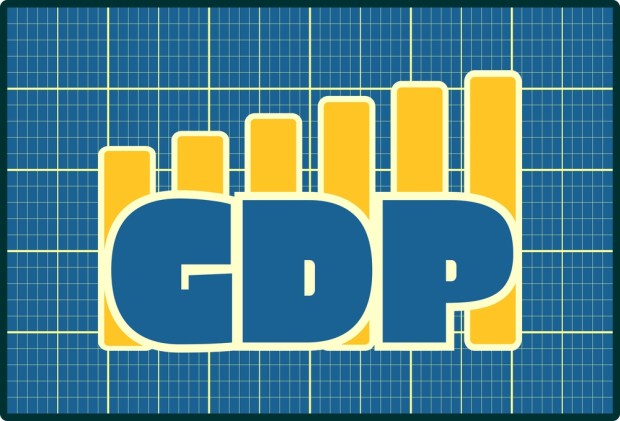Slowing Consumer Credit – A Shape of Things to Come?

Amid the lingering questions about when and whether the Fed will raise rates, another data point, or slew of them, came through recently which may auger a further delay in Fed fund hikes.
The Federal Reserve said Tuesday (June 7) that consumers slowed down their pace of borrowing in April, a finding that runs counter to a longstanding trend where they had been borrowing at such a pace that debt levels had been at a record in March.
As noted by the statistical analysis released by the Fed on Tuesday, total borrowings grew by $13.4 billion in April, and that is roughly half of the revised March tally that had come in, as now refigured, to $28.4 billion.
Breaking down the numbers a bit the subsets that include auto loans and student debt were up by $11.8 billion in the latest month, which again pales against the $17.9 billion push that was marked in March. Credit card debt was up by $1.6 billion, positively puny compared to the $10.4 billion in the previous month. And yet: Total consumer debt still stands at a record $3.6 trillion at the end of April.
The conventional wisdom is that consumer spending will remain resilient and will reaccelerate through the summer months on the heels of a continued (relatively) low level of energy and gasoline prices. Still, with consumer credit slowing to a 4.5 percent annual pace, the question remains as to how and when an inflection point may come – to the positive or negative side of the equation for consumer spending. Economic growth, which has slowed to a subpar 80 basis points, has shown that anemia on the slowdown in consumer spending. It could be the case that the consensus among economists, looking for a 2.5 percent GDP growth coming in at the latter half of the year, may need to be taken down a peg or two.
